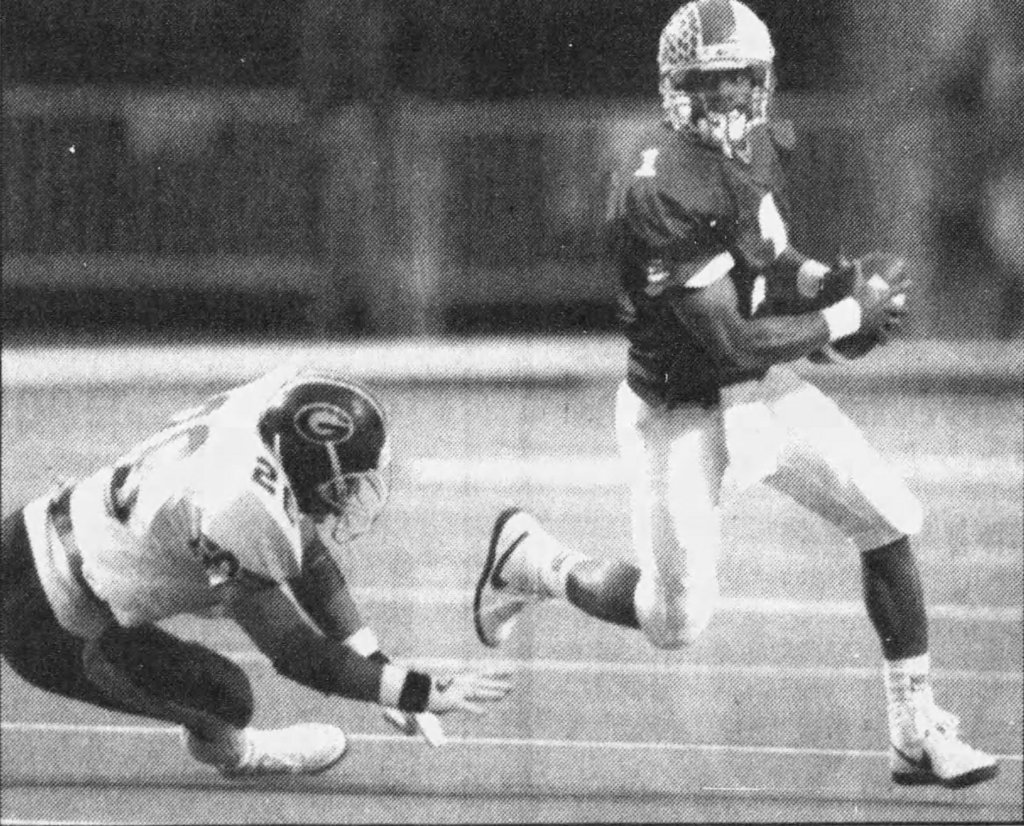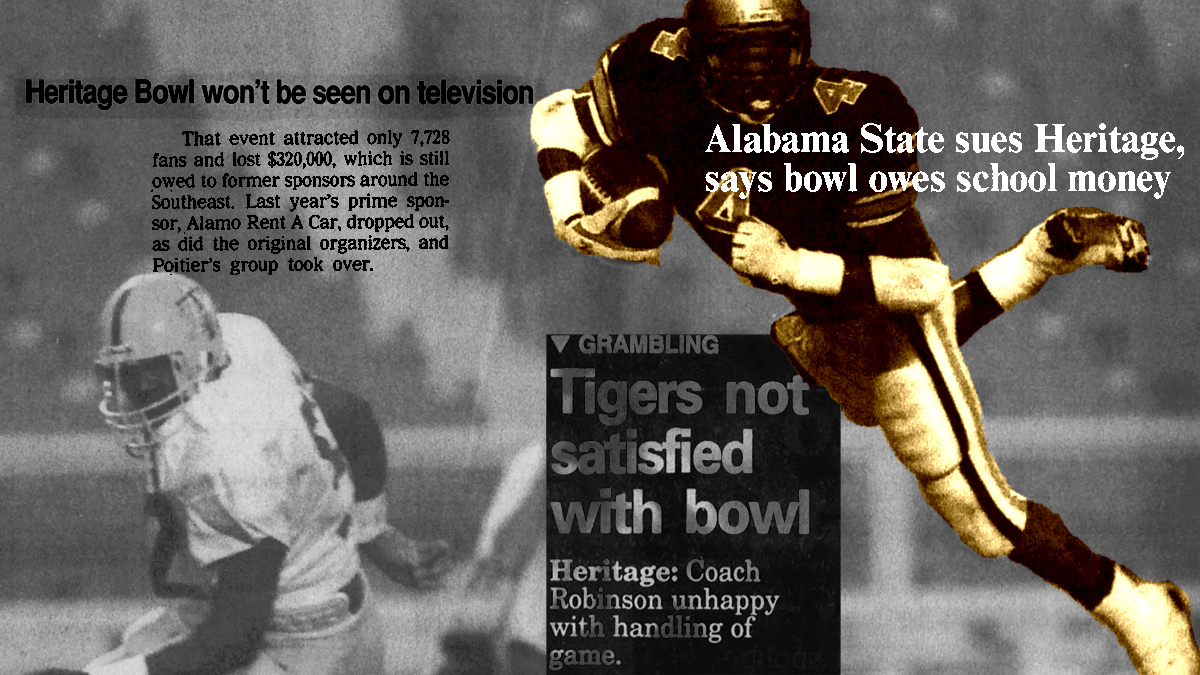
The National Championship Game That Wasn’t
There was optimism after Heritage Bowl III exceeded expectations, but there were still obstacles to overcome. First things first, the bottom line. Southern was expected to take a loss in the game in order to bring its entire team. SCSU was hoping to just break even. The bowl still didn’t have a title sponsor after Alamo dropped it following the first game, and not being on television didn’t provide the exposure that a bowl game was supposed to.
The Heritage Bowl was designed and promoted to be the black college national championship game, as was the Pelican Bowl in the 1970s. However, none of the first three games would feature both MEAC and SWAC outright champs, as schools in both conferences would opt for the Division I-AA playoffs. This, combined with the traditional method of selecting a mythical national champion via polls, created some confusion.
Jay Walker’s 1993 Howard University squad went 11-0 in the regular season, then lost 24-14 in the first round of the playoffs to Marshall, finishing the season with one loss. Southern also finished with one loss. CIAA and SIAC Champions Hampton (12-1) and Albany State (11-1) also finished with single losses as well as Virginia State. When the dust settled, both Southern and Howard were named as national champions, with HU winning the Sheridan Poll and SU winning the American Sportswire titles.
Heritage Bowl IV would be the only time that both out-right conference champions, the MEAC’s South Carolina State and the SWAC’s Grambling State, would face each other in the game’s history. Jeffries’ Bulldogs got the better of Robinson’s Tigers in a 31-27 win that marked the first victory for the MEAC in the contest behind a big day from quarterback Marvin Marshall. The game was televised this time, making its debut on ESPN in the first year of a two-year deal.
While it was a much better game than the original, and it was televised, attendance slipped back to 22,179 in the Dec. 30 game in the Georgia Dome. Promoters were still openly optimistic that things would improve.
“In fact, this bowl game won’t be the same within three years, ” Phil McAlphin of the Historically Black Collegiate Coalition told the AJC. “Within three years, you’ll see this bowl drawing 70,000 people.”
[inArticle]
